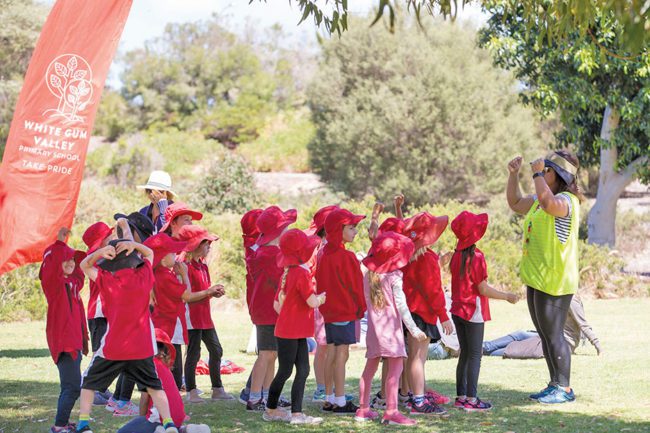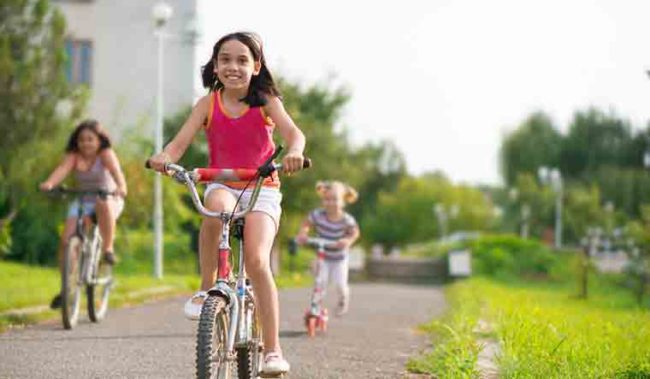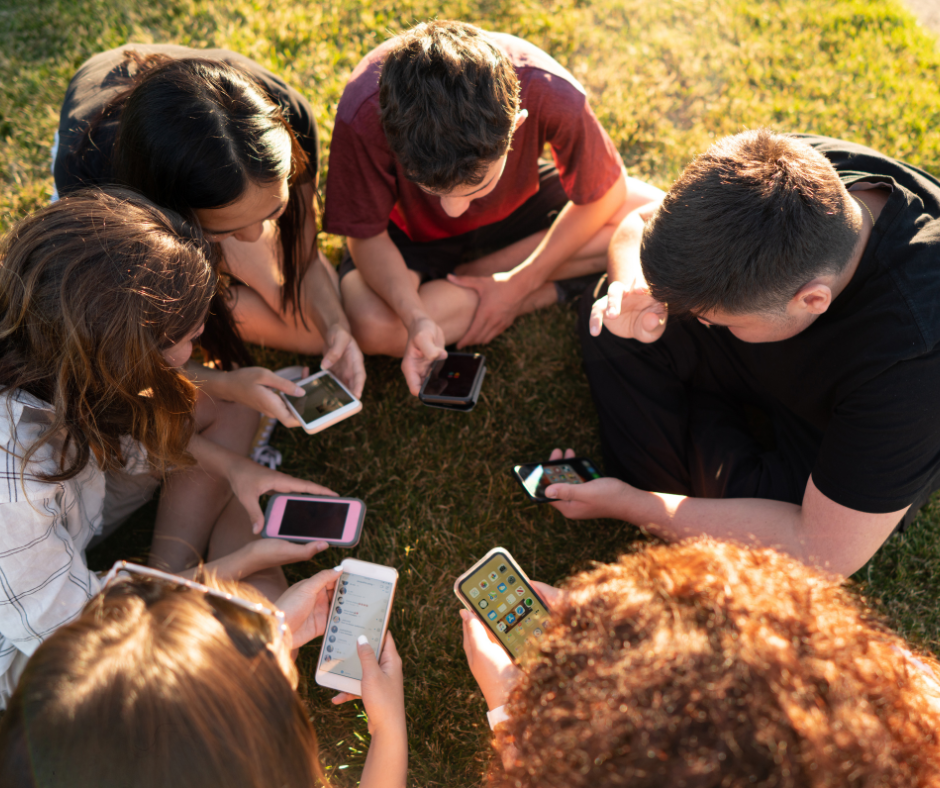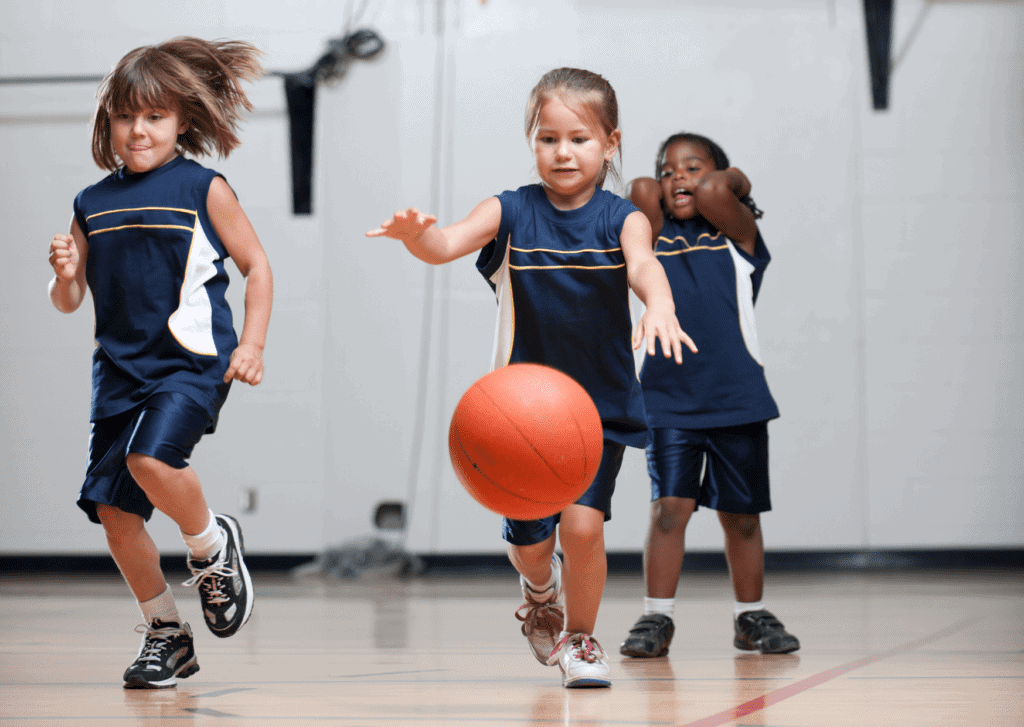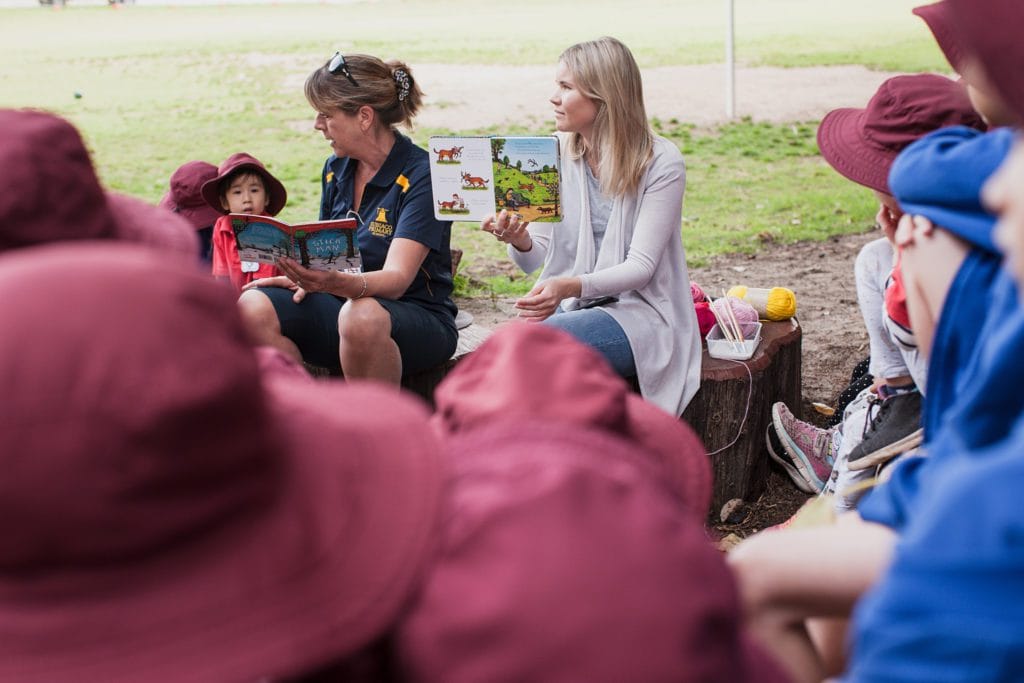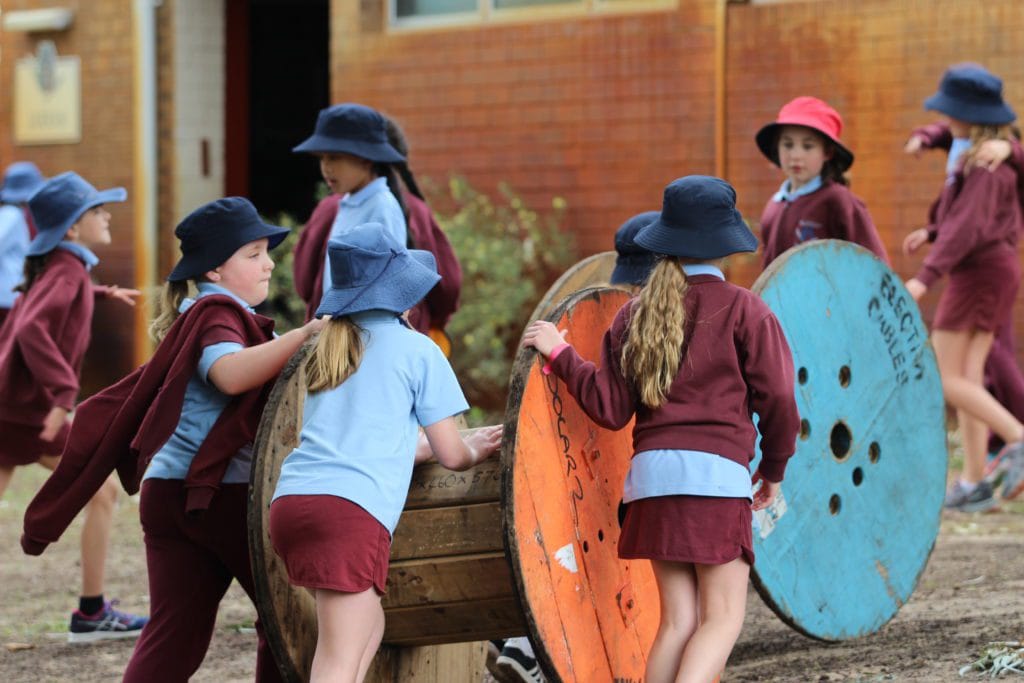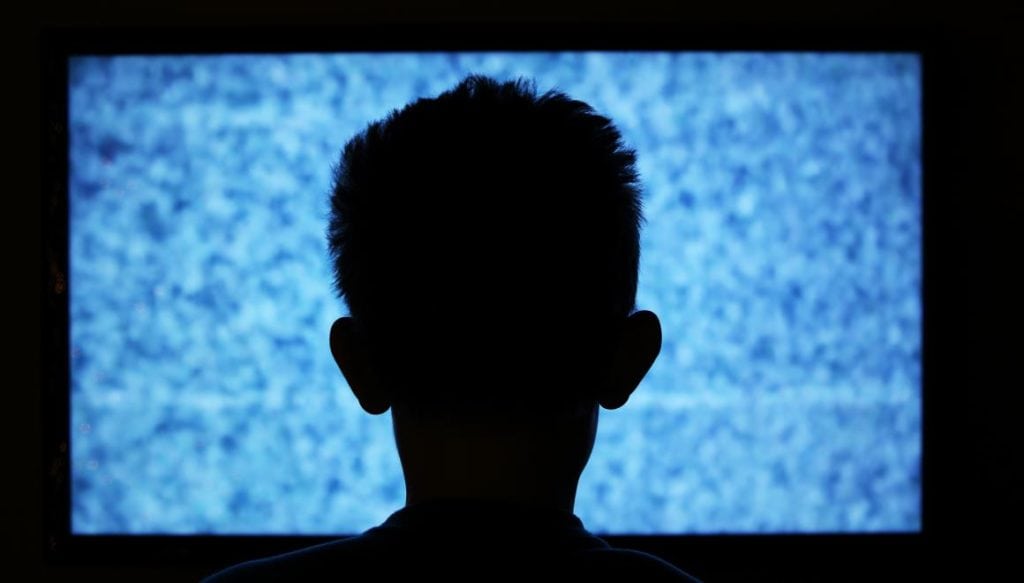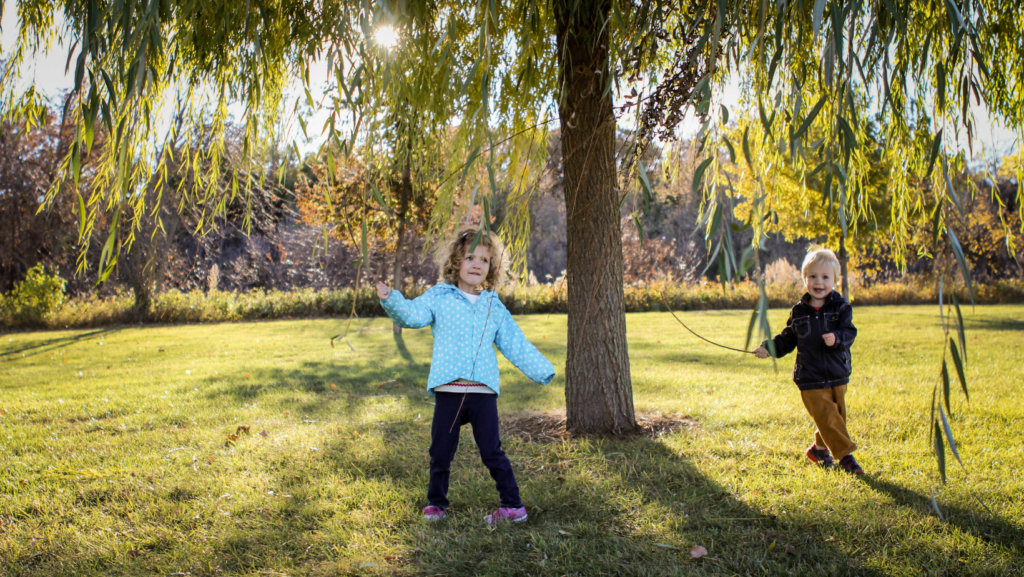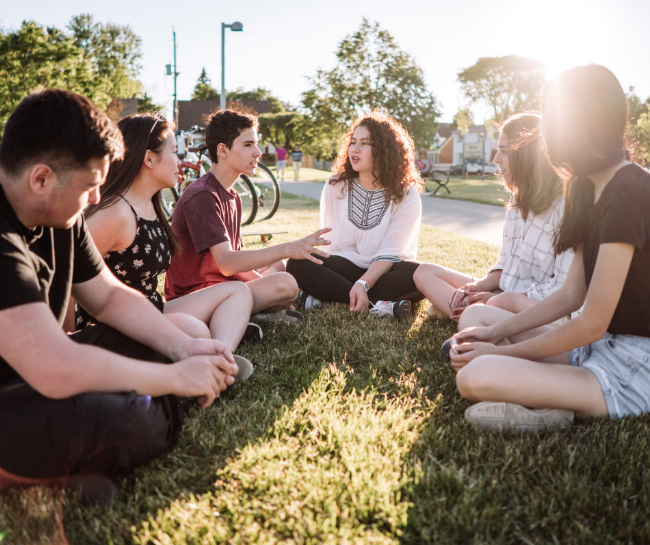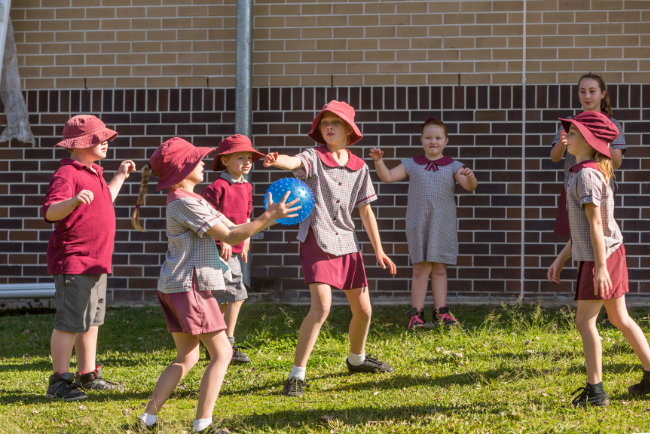Teaching traditional indoor school lessons in nature: The effects on student learning and behaviour
Abstract The natural environment is associated with better behaviour and academic performance in children. However, research to date has been cross-sectional and it is important for experimental studies to investigate if a causal relationship exists. Further, participant samples from areas characterised as disadvantaged are underrepresented in the research. This study investigates the effect that lessons […]

